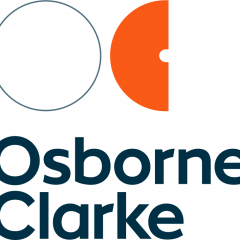Who: Dutch Advertising Code Authority
Where: the Netherlands
When: 23 December 2016
Law stated as of: 23 December 2016
What happened:
Mascha, a vlogger focussing on beauty products and treatments, became the subject of a complaint submitted to the RCC. The complaint was about a vlog published by Mascha in which she visits a plastic surgeon for a free treatment. The complainant stated that Mascha violated advertising rules by not clearly indicating that the vlog contained advertising and the existence of a relationship with the advertising company. The RCC provided a decision on the basis of this complaint.
The RCC’s task is to handle complaints concerning compliance with the Dutch Advertising Code (NRC) and derived codes. The growing popularity of social media has resulted in uncertainty around the applicability of the existing advertising rules to social media channels. The NRC was, after all, drafted with the traditional advertising model in mind. In order to deal with new forms of advertising, the Social Media Advertising Code (RSM) became part of the NRC in 2014.
The main goal of the RSM is to provide guidance on advertising rules to companies using vloggers and bloggers on social media. The essence of the RSM is that vloggers and bloggers who use advertising elements in their messages on social media should make this clear. The public must be able to recognise the advertising elements in the blogs and vlogs. Vloggers and bloggers can, for example, add a sentence to their vlog or blog indicating the relation between the blogger or vlogger and the advertising company.
In the case of Mascha, the RCC ruled that the vlog could be regarded as an advertisement under the RSM. The decisive factor for this ruling was that, although the plastic surgery clinic did not influence the outcome of the vlog, the vlog was in some way stimulated by the advertiser. However, the RCC also ruled that Mascha did not violate the RSM. According to the RCC, Mascha has sufficiently indicated the relation between the vlog and the advertiser by adding a sentence beneath her vlog and by using wording to that extent in the vlog itself.
Why this matters:
In many cases, vloggers and bloggers enjoy great popularity with a large crowd of followers reading or viewing the content they create. For this reason, companies are very much interested to have their products featuring positively in blogs and vlogs. This is a new way of advertising for many companies . However, it is important to recognise that these relatively new ways of advertising are subject to the same rules that apply to the more traditional ways of advertising.
However, rules about what counts as advertising – and how it must be flagged – can vary from territory to territory.








